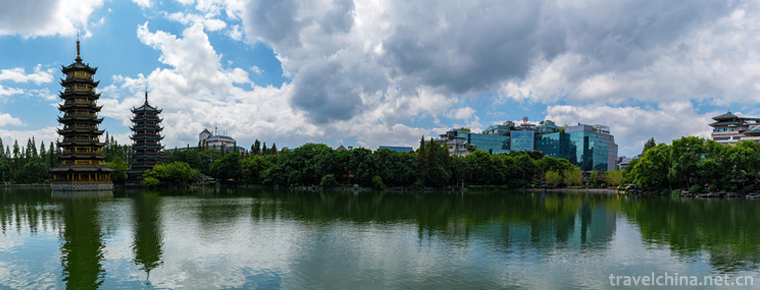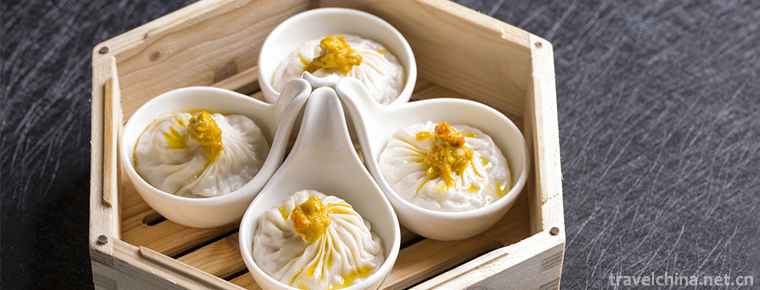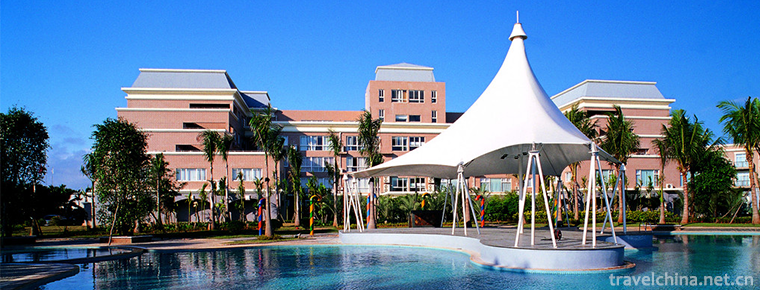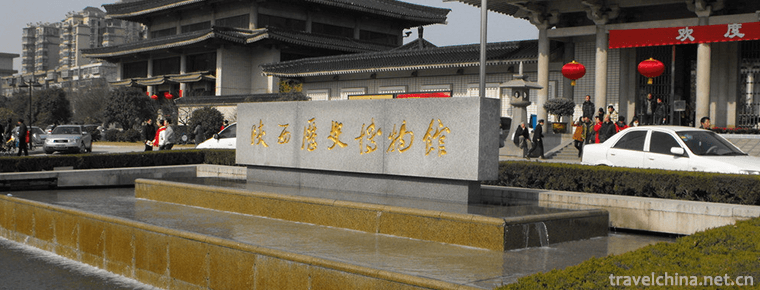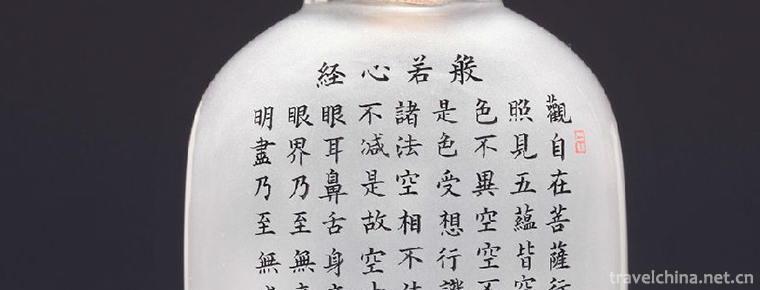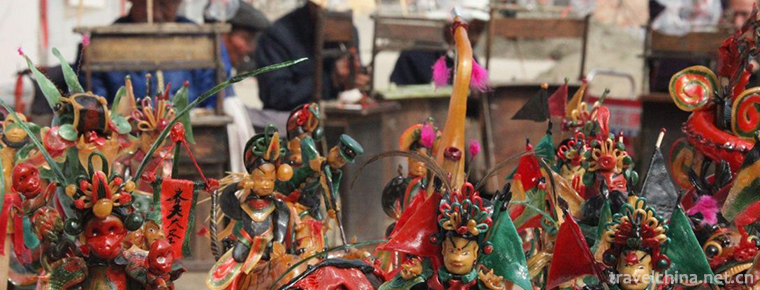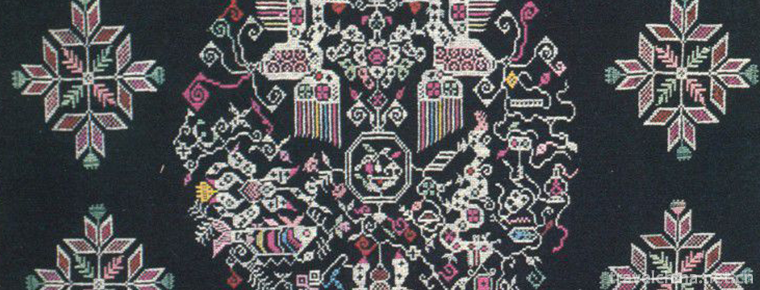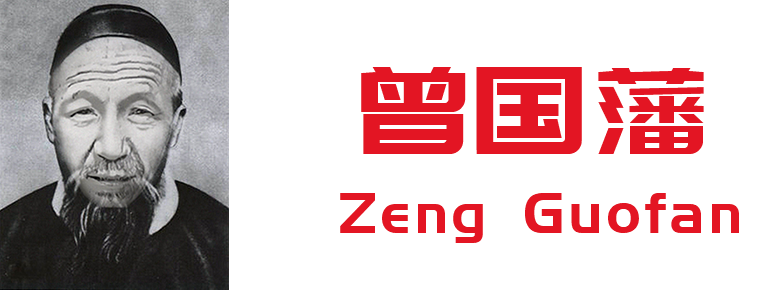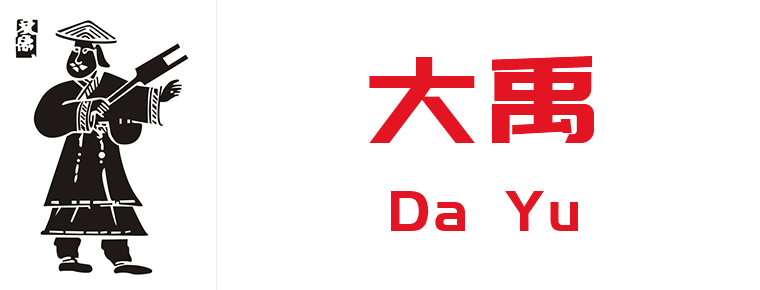Yulei mountain
Yulei mountain
Yulei mountain, according to the original note of "Mian County" in the book of geography of Han Dynasty, "the water of Yulei mountain flows from southeast to Jiangyang and enters into the river." In Shuo Wen, the word "Yu" is written as "the water flows out of Sichuan county, Mian Yu Lei, Shandong Province, and enters the river in the south of Shandong Province." Liu Lin pointed out in the collation and annotation of Huayang Guozhi that Jianshui is the Yulei mountain of Baisha River, that is, Jiuding Mountain to the north of Jianshui's birthplace. Yulei mountain stretches southward to the northwest of Guanxian county (today's Dujiangyan City), namely, Dujiangyan water conservancy project - the mountain on one side of the "baopingkou" of Neijiang River, and the other side of "Lidui" (the smaller one, the Fulong temple was built on it). When Li Bing controlled the water, the two were integrated. In order to limit the water flow into the Neijiang River for irrigation (more water from Feisha weir to outer river, namely Minjiang River), the mountain was opened The small low mountain separated by water is "Lidui" and the main mountain is "Yulei mountain". In history, the flood in the upper reaches of Minjiang River rushed to Chengdu Plain. The first to bear the brunt is pi, the capital of Du Yu. Therefore, scholars generally agree that the place where Du Yu sent bieling to control the water is Yulei mountain in the upper reaches of Minjiang River.
。
Another Yulei mountain is the mountain behind the auditorium of Wenchuan county government, named Yulei mountain. The mountain knife chopping, standing in the southeast of Weizhou town. It is one of the eight old sceneries in Wenchuan. Yulei mountain is high and precipitous. Cen Shen, a poet of the Tang Dynasty, said: "the sky of Yulei is sunny, and the peaks are as low as possible."
At the top of Yulei mountain, the original yuguanfeng temple built in Xuande period of Ming Dynasty has been in ruins due to its disrepair for a long time. There are three stone inscriptions in Yulei mountain, which are respectively carved in the Three Kingdoms, Ming Dynasty and Qing Dynasty. The top one is "Yulei mountain", which is the main calligraphy of the empress of Shu, with a large margin. In the middle age of Hongzhi in Ming Dynasty, Zhao Fujie, a magistrate, and Zhao Fang from thousands of households built a city in baoyulei mountain, which was inscribed with "three Xiong Xiu", located under the title of "Yulei mountain". At the beginning of the Qing Dynasty, there were four characters named "sanding Zhuman". The three stone carvings all have high calligraphy art.

Yulei mountain
-
Guilin two rivers and four lakes
Guilin's "two rivers and four lakes" refer to the Lijiang River
Views: 183 Time 2018-10-12 -
Crab Dumplings in Soup
Crab yellow soup bag is a traditional snack in Jiangsu Province. The crab yellow soup bag is made of crab yellow and crab meat with stuffing
Views: 175 Time 2018-10-27 -
Jinjiang hot spring
Jinjiang Hot Spring is located on the Bank of Jinjiang River, Datian Town, Enping City, which is the hometown of hot springs in China. It is backed by Qixingkeng primitive forest, deep mountains and g
Views: 180 Time 2019-01-29 -
Shaanxi History Museum
Shaanxi History Museum, China's first large-scale modern national museum, the first batch of China's "AAAA" class tourist attractions, known as the "ancient capital pearl,
Views: 158 Time 2019-02-08 -
Huidong Fishing Song
Huidong Fishing Song is one of the traditional folk arts in Guangdong Province. From the Song Dynasty, fishing songs in the shallow sea of Huidong were introduced from the coast of Fujian Province.
Views: 216 Time 2019-05-05 -
a bottle with painted designs
Internal painting is a unique traditional craft in China. It originated from snuff bottle painting. The interior painting method is a special deformed fine brush, in glass/crystal, amber and other mat
Views: 150 Time 2019-06-07 -
Sugar plastic
Sugar sculpture, one of the traditional folk handicraft products, commonly known as sugar blowing, sugar manikin, engaged in this trade called sugar blowing people, throughout the country, especially
Views: 374 Time 2019-06-18 -
Cross stitch
Flower picking, a kind of drawing work, also refers to a needle method of embroidery, Chinese folk traditional handicraft. Also known as "pick weave", "cross embroidery", "cro
Views: 244 Time 2019-06-21 -
Zeng Guofan
Zeng Guofan (November 26, 1811 - March 12, 1872) was born in Zicheng. Zeng Zi The seventy generation sun. Modern Chinese statesman, strategist, rationalist and writer, founder and commander of Xiang a
Views: 186 Time 2019-09-07 -
Da Yu
Yu, surnamed Si, is famous for his life. (Yu Yu is the name). History is called Da Yu and Emperor Yu. Xia Hou Shi Chieftain Xia Dynasty The founding king. Yu is Yellow Emperor Great grandson, Zhuan Gr
Views: 208 Time 2019-09-07 -
Catering and shopping in Chengdu Giant Panda Base
Chengdu Research Base of giant panda breeding has four souvenir shops: "original fashion gift shop of giant panda sun delivery room", "gift shop of giant panda cub playground", "museum gift shop" and "charm theater gift house". The wooden house structure and
Views: 126 Time 2020-12-13 -
Neijiangs first industry
In 2019, the sown area of grain crops in Neijiang is 309600 ha, an increase of 0.3% over the previous year; the sown area of oil crops is 79900 ha, an increase of 0.4%; and the sown area of vegetables is 78100 ha, an increase of 2.3%. The total grain output
Views: 314 Time 2020-12-16
